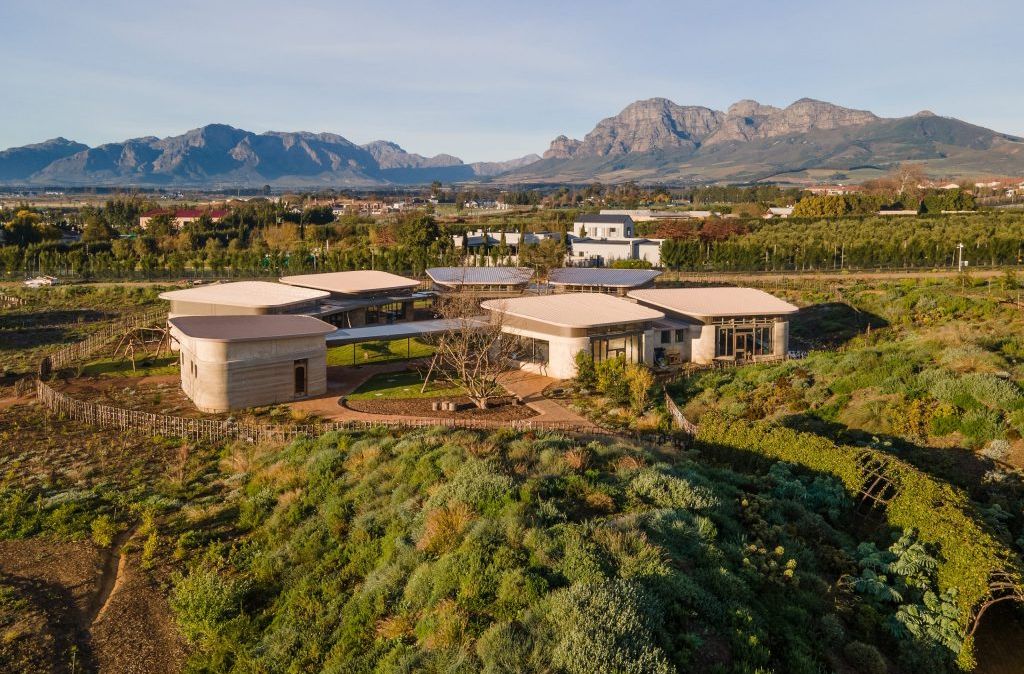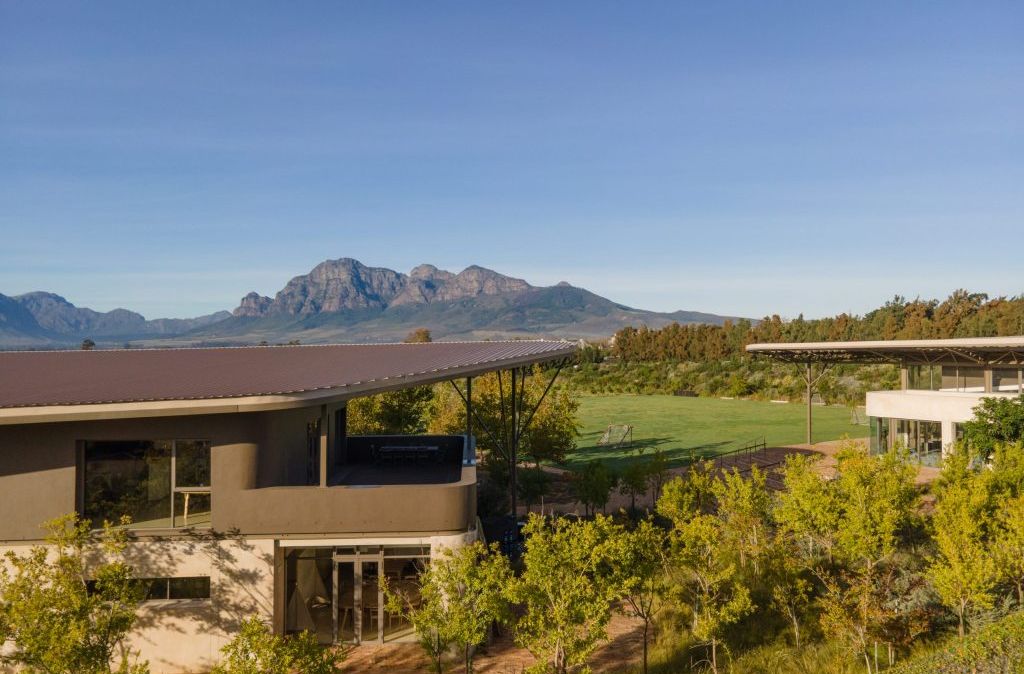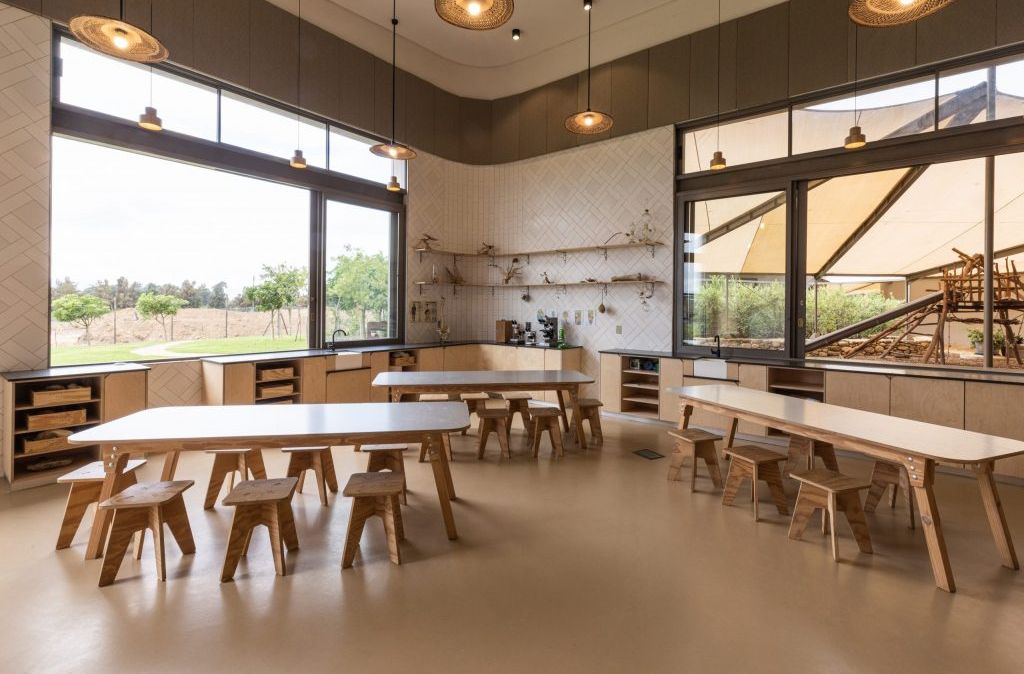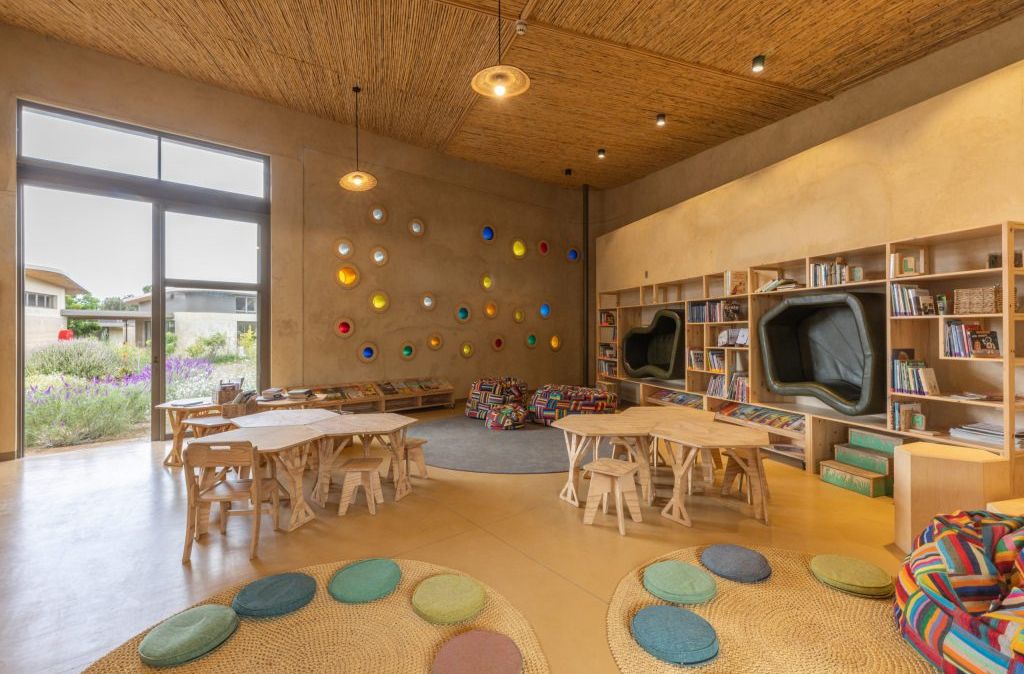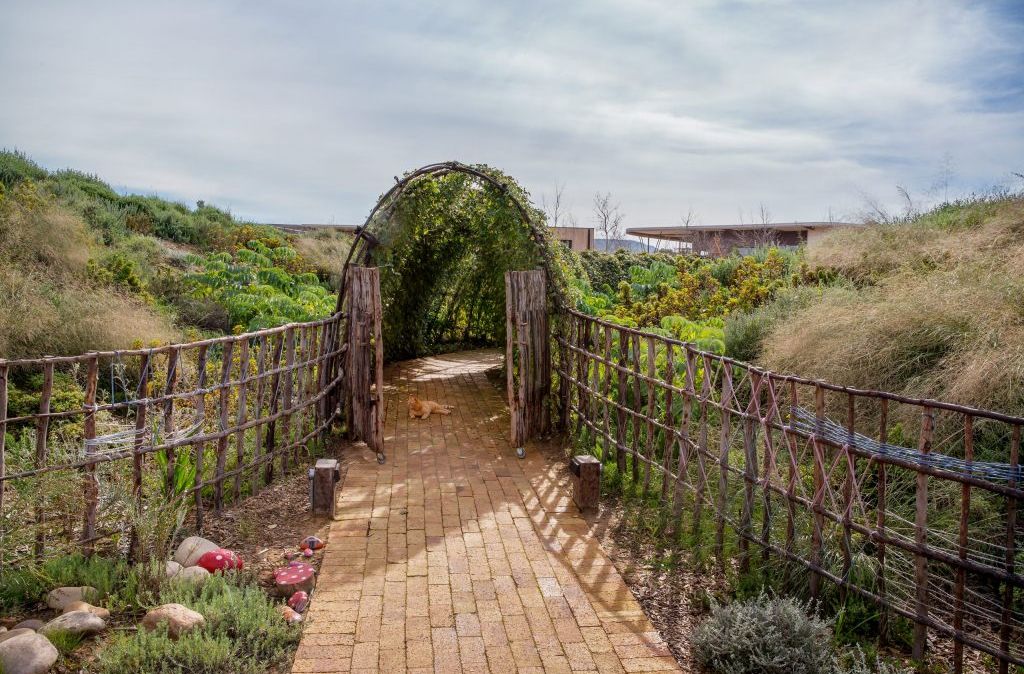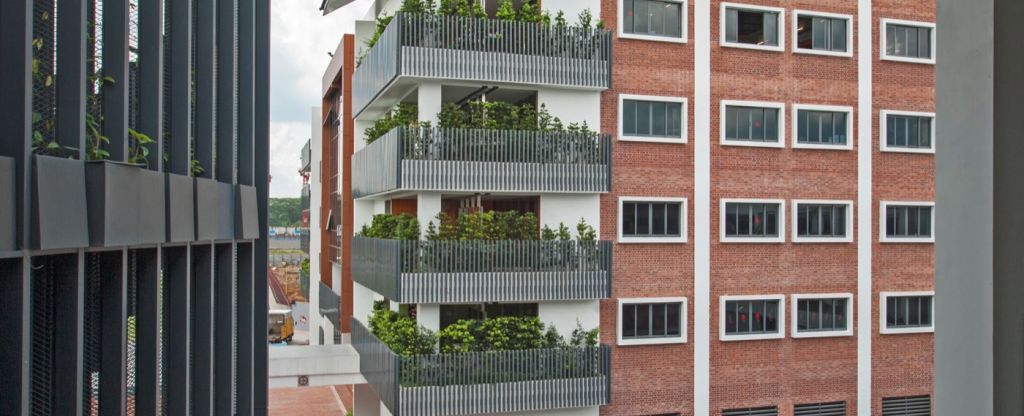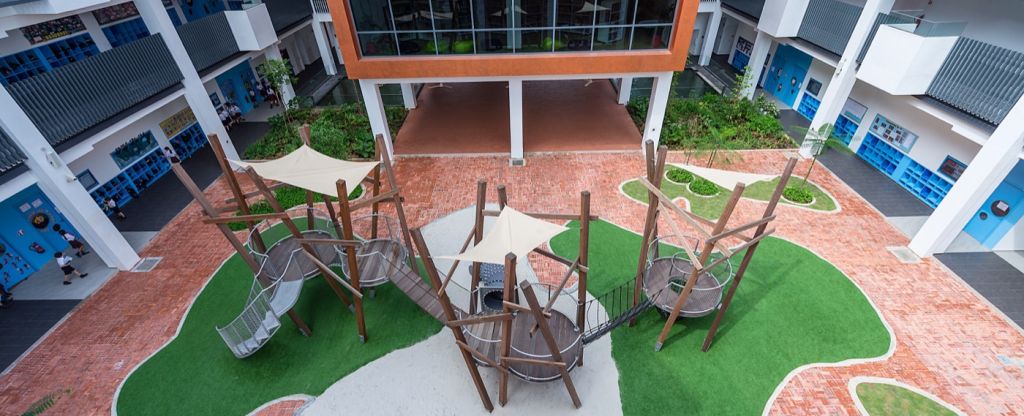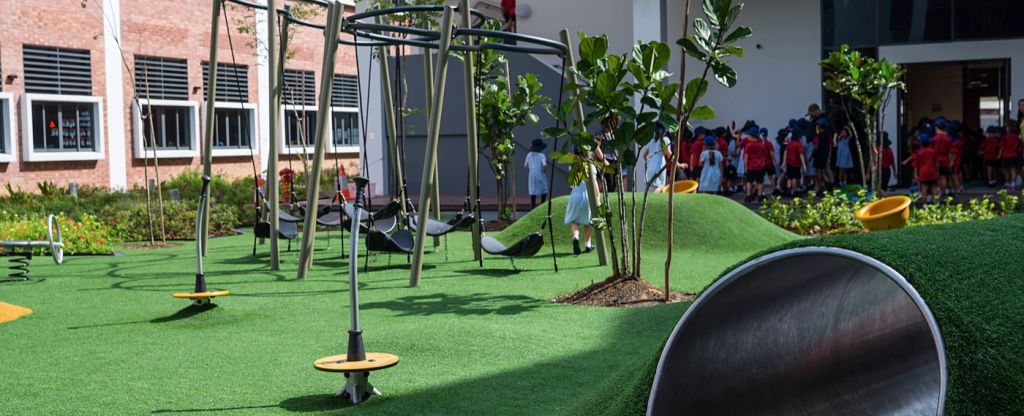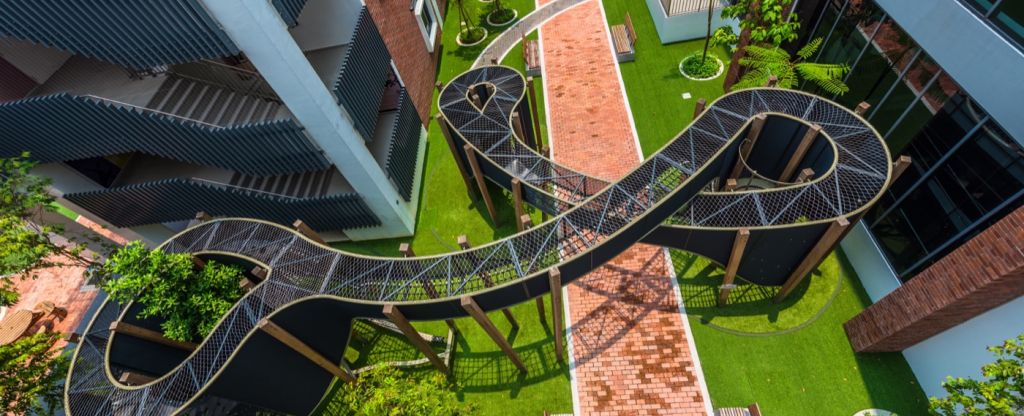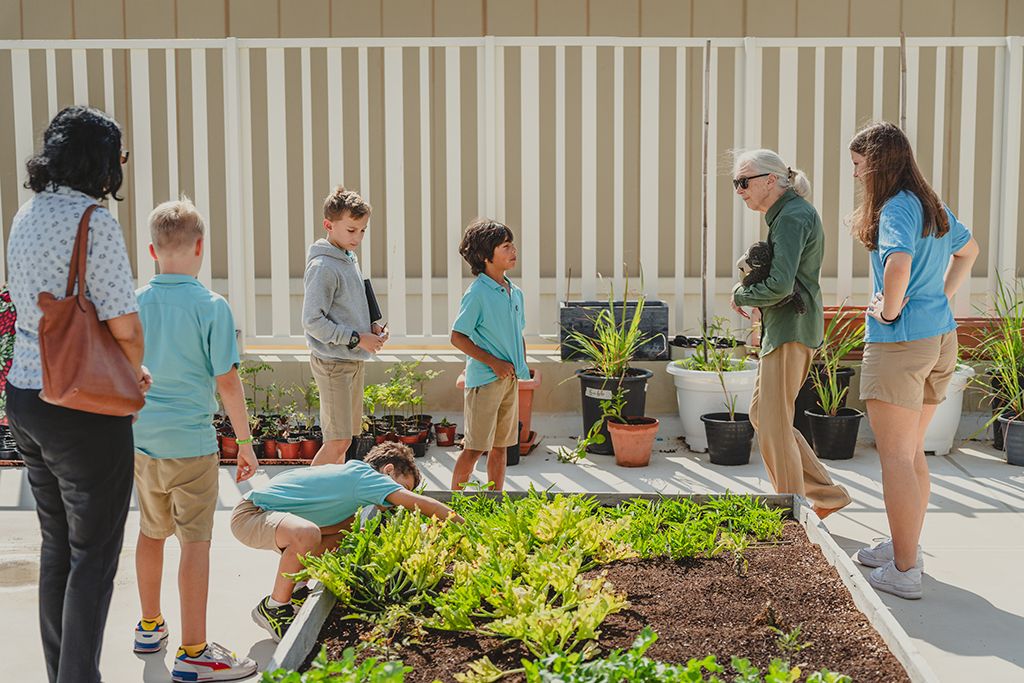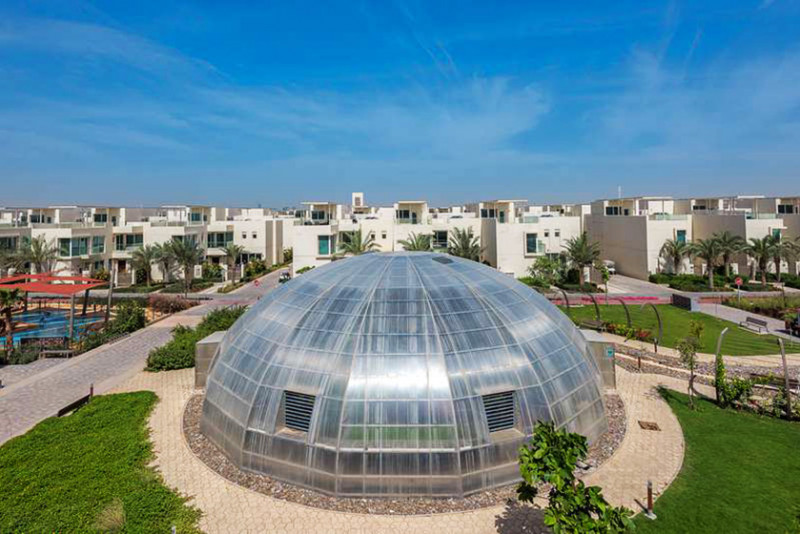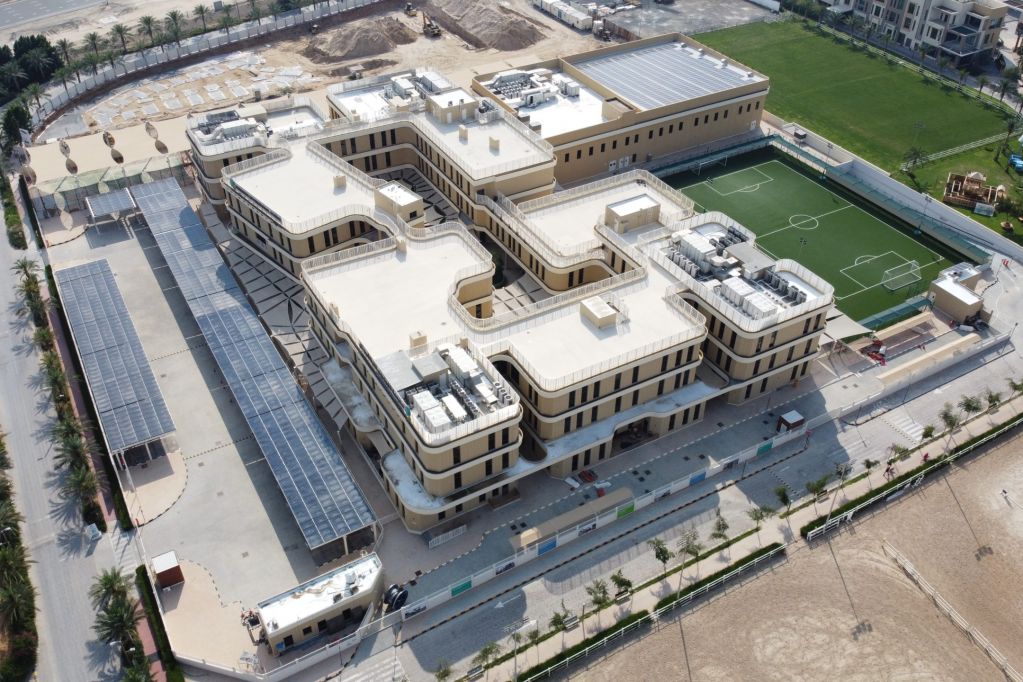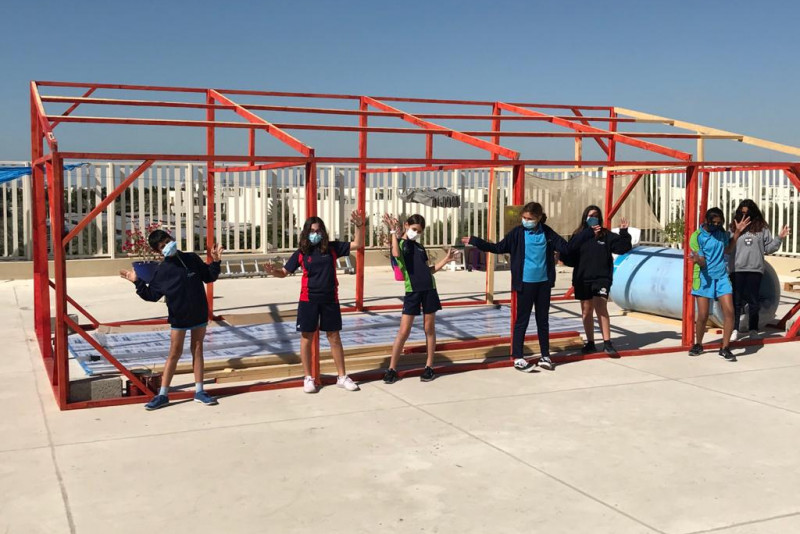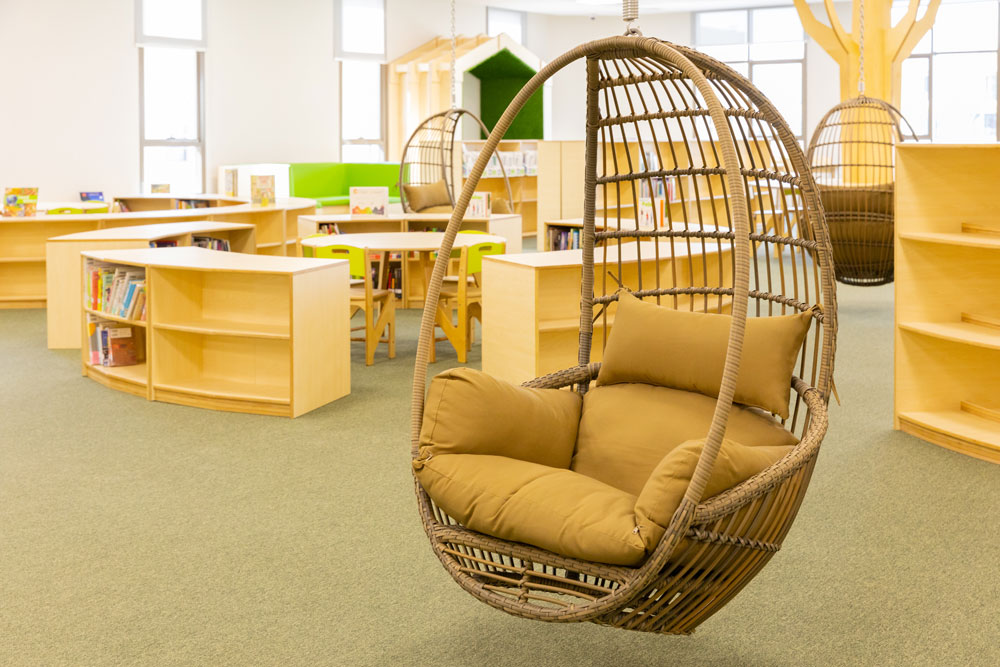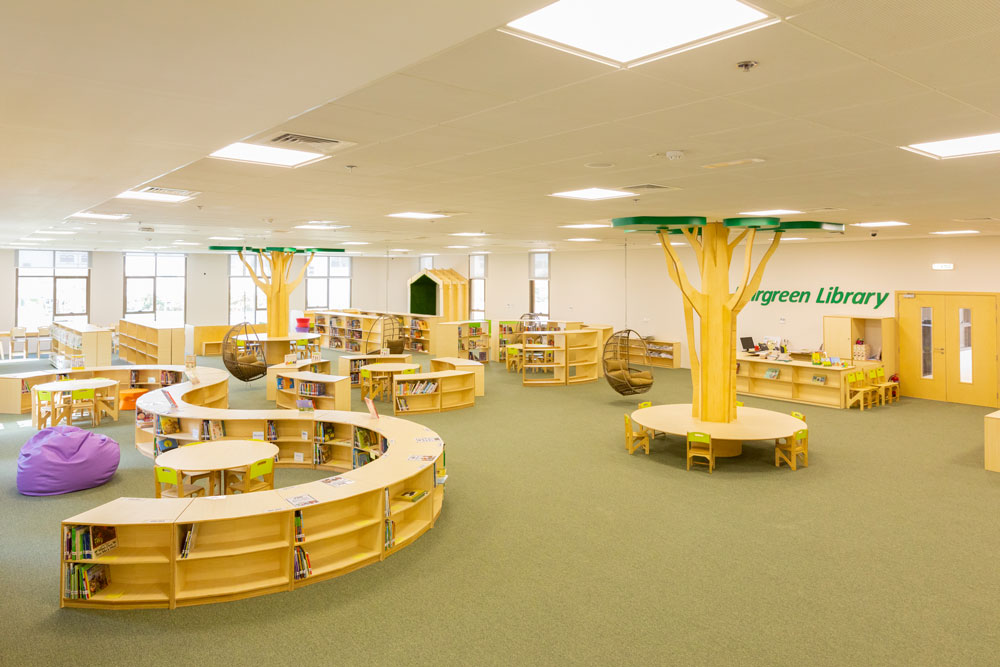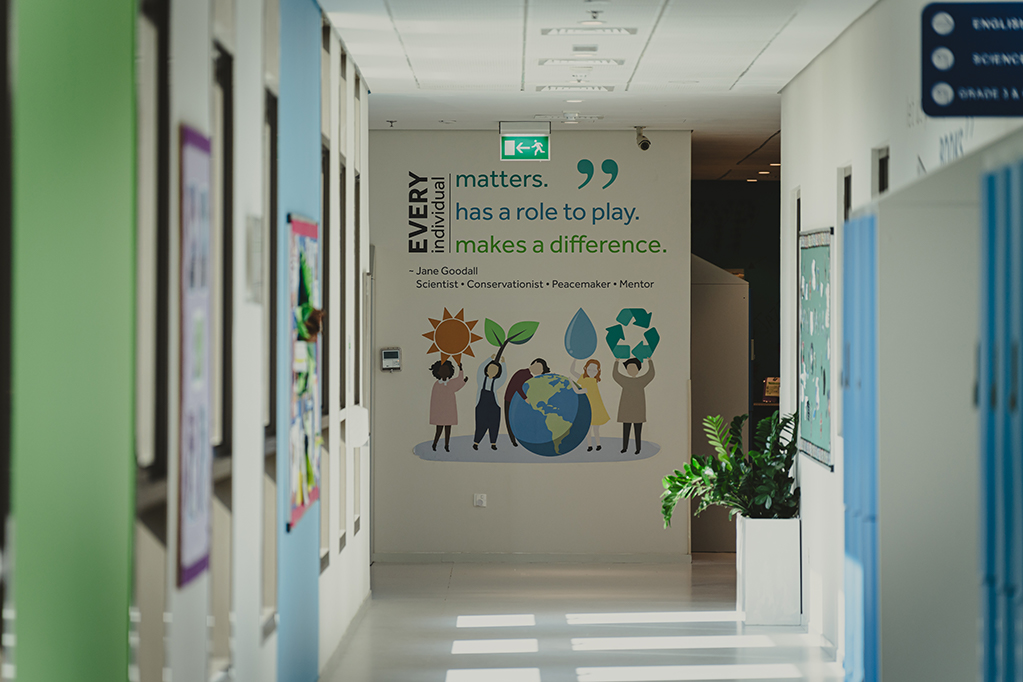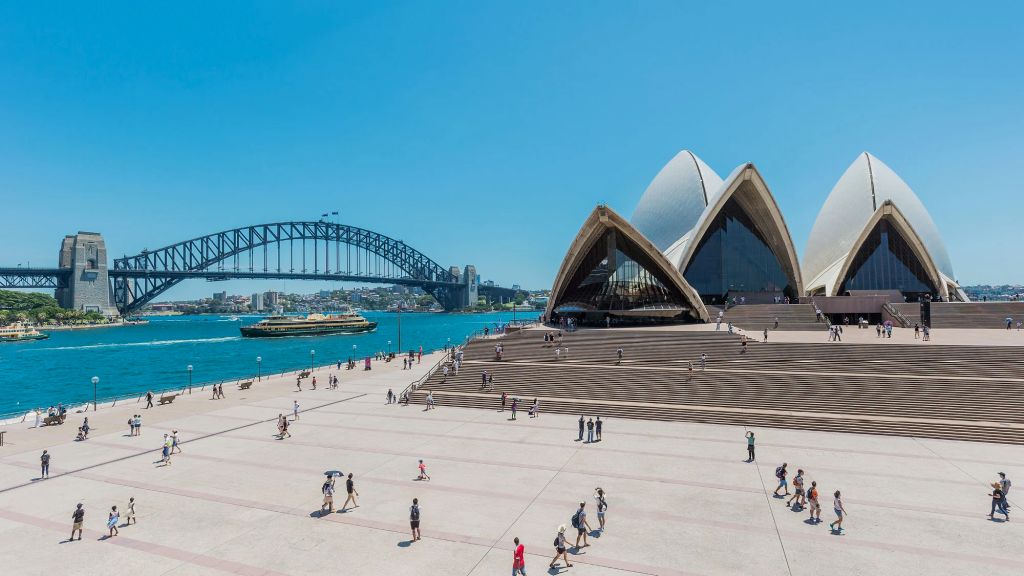EdDesign Mag goes GESS Dubai 2023. We invite you to join us on the 30th of October 12.35 at the Leaders of Education Conference Beyond Sustainability – from immersive education to living buildings panel.
Panel moderator is Anna Turchik, Learning Environment Specialist at EdDesign LLC. Company designed 19 schools and is currently working on other 30 school projects.
School has lost its monopoly over knowledge. The events of the past few years, including the unprecedented pace of AI development and emerging of hybrid forms of learning, have shown us that we don’t actually need to go to school to learn how to write and read, we can get knowledge elsewhere. But we continue to actively and widely build them, increasing capacity, enhancing engineering complexity, demanding sustainability solutions, multi-functional spaces and the involvement of a wide range of professionals. School markets are growing in many countries around the world, including the MENA region.
“Beyond Sustainability: from Immersive Education to Living Building” panel discusses the future of the school building with representatives of progressive and innovative schools that have already made a huge step towards architectural, engineering, pedagogical and managerial innovations.
Green School South Africa will be represented by Andrea Hofmeyer
Located in Paarl, this school looks more like a retreat centre from outside: a series of naturally colored single-storey buildings set in 8 hectares of a delightful garden. In this zero-waste-to-landfill campus you won’t see a single garbage can, furniture imported from far abroad or plastic packaging in hands of students. Instead, this sensory rich environment invites you to experience the aroma of healing herbs and greens, feel the joy of natural materials touch, meet an enthusiastic student to tell you all about the principles of circular economy. Everything here is a subject to the universal law of human connection to nature: from the principles of biophilic design to the inner harmonious state of mind. The lines between the indoor and outdoor spaces are purposefully blurred to make sure that connection.
Photo: Green School South Africa
Dulwich College Singapore will be represented by Michael Barry
This campus is not to be mistaken for anything else: within the 5 hectares of Singaporean land, you can admire both the traditional red brick Dulwich College façade and the technically sophisticated and net-zero energy Greenhouse building which has just recently been completed. This Greenhouse, with its Smart Digital Twin platform, is a living laboratory in itself where the building’s data analysis becomes part of the school curriculum for young researchers – intriguing and challenging students to learn about their environment. Learning-through-landscapes features of this school include outdoor learning spaces linked to every Early Years classroom, rooftop gardens, green walls, butterfly gardens and forest schools. The school offers a great number of sustainability features, including rainwater harvesting and hydroponics, and innovations such as kinetic energy floor tiles and energy-generating gym equipment.
Photo: Dulwich College Singapore Greenhouse building
Fairgreen International School Dubai will be represented by David Gerber
In addition to its diverse sustainable solutions, this school distinguishes itself by extending its campus beyond the school’s walls, encompassing an entire neighborhood. The Sustainable City serves as both a playground and an educational hub for students, granting them access to all its amenities, including spacious bio-domes. This allows students to fully immerse themselves in a sustainable learning experience across the entire area.
Student environmental leaders utilize the facility’s data system to develop targeted school initiatives. The establishment of a strong and compassionate community stands as one of Fairgreen School’s top priorities and strengths. To ensure both individual and societal sustainability, the school closely collaborates with the surrounding community, offering support to local businesses and creating opportunities for students to engage in practical work experiences.
Photo: Fairgreen International School Dubai
The panel will be joined by Ghaith Tibi, sustainable development advisor and an urban planner at ARUP company
Everyone knows what the Sydney Opera House looks like, but few know that it was Ove Arup who made it possible to realize that revolutionary project. Arup managed to change perception of engineers’ vis-a-vis architects and vice versa because he understood the essence of both! He called his philosophy “Total Design” because he believed that great architecture is accomplished only when technique, design and aesthetics unite.
Together with enthusiasts like himself, they managed to create a world-known empire Arup, capable, literally, of creating architectural and engineering wonders such as Centre Pompidou in Paris, Marina Bay Sands in Singapore and many many others. Dedicated to sustainable development, Arup is using imagination, technology and rigour to shape a better world. Thanks to their projects, we can truly look into the future and envision what lies ahead.
Photo: Arup
The issues of the future of the educational environment, including the school building as such, go beyond sustainability as it is usually understood. Within this panel, we propose to address the following questions and try to find answers by approaching urban planners and those engineering solutions that are already ahead of the future:
- The school building is rapidly becoming outdated; and progressive innovative school buildings are rapidly becoming “overcrowded”. How is it possible to create a “resilient” school building – accommodating more students with no demand to restructure the building?
- How it is possible to create a quickly convertible building (radically changeable? without additional investments?) What solutions are there for us?
- What are the “futuristic” scenarios of a learning environment? Is it possible for a school building to become “immersive” or “alive”? Can it respond to a certain state of mind and body? or anticipate some type of activity literary responding to the person’s movements within space? Is it possible for a school building to be responsive to the emotional needs of our teachers and students? Would schools accept such an offer from designers and engineers?
October 2023
